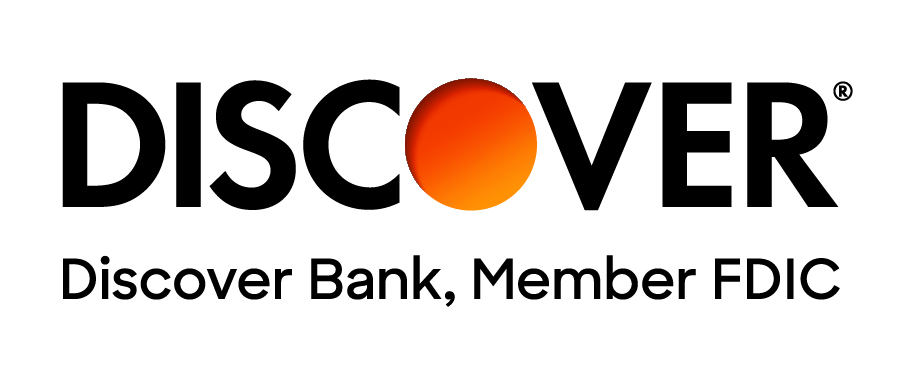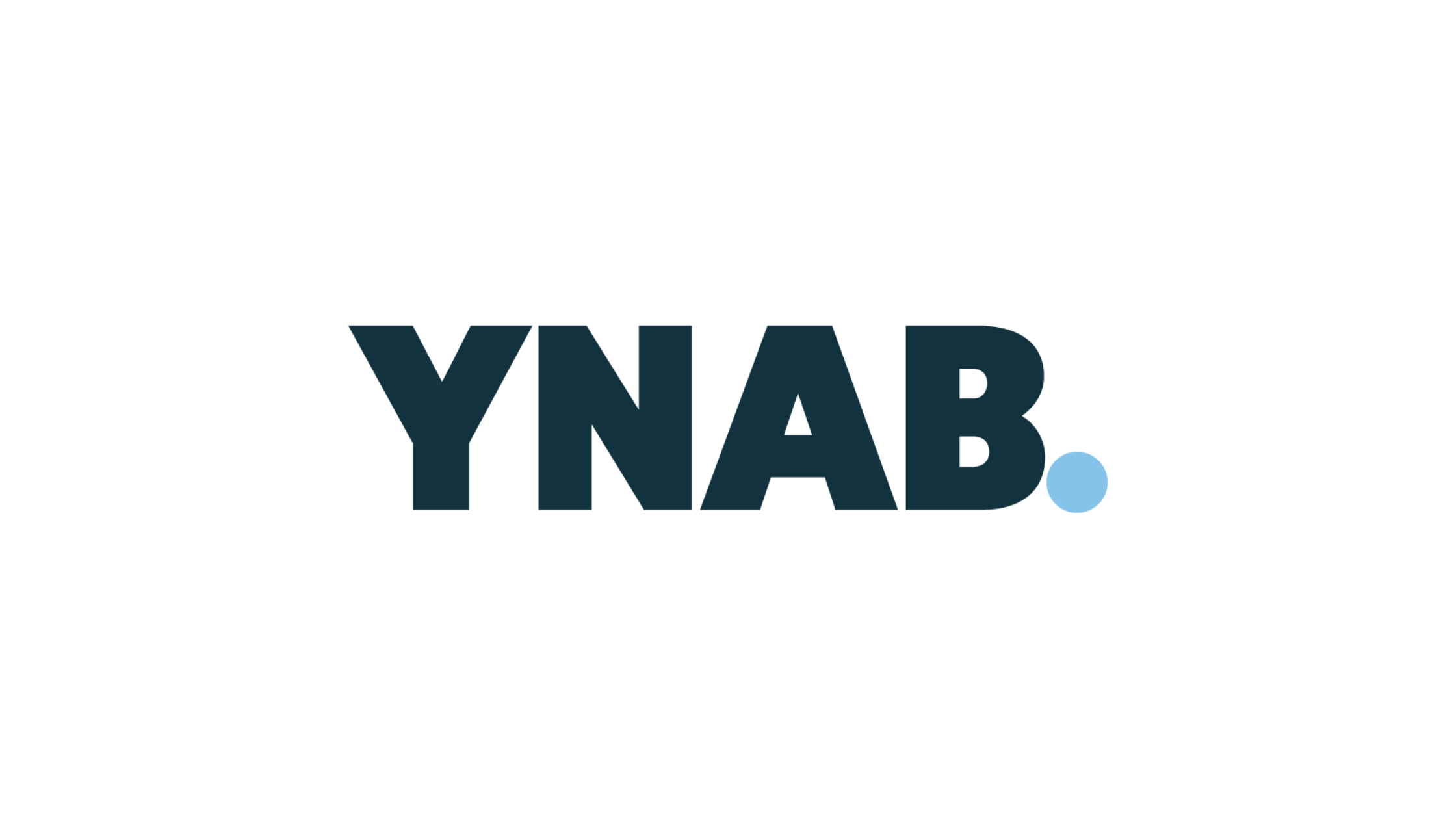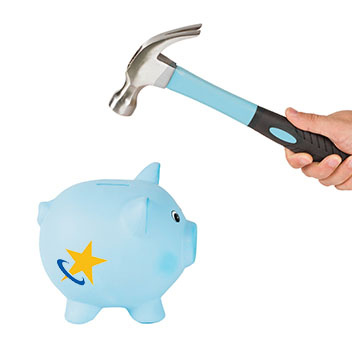The content and opinions provided on this site have not been provided or commissioned by any issuer of the financial products and/or services appearing on this site. The content and opinions have not been reviewed, approved or otherwise endorsed by an issuer. Offers may be subject to change without notice. For more information, please read our full disclaimer.
Digital payment apps have revolutionized the way we pay for things. At their core, these applications allow users to send, receive, and manage money electronically, often through smartphones or other devices.
The evolution of digital payment apps can be traced back to the emergence of online banking in the late 1990s, which laid the groundwork for growing consumer acceptance of digital transactions. Over the years, innovations like contactless payments, mobile wallets, and peer-to-peer (P2P) transfer services have grown, enhancing convenience and accessibility for users.
In today's world, the importance of digital payment apps cannot be overstated. They not only simplify everyday transactions but also help financial inclusion by enabling unbanked populations to engage in economic activities. As businesses increasingly acknowledge the growing preference for cashless transactions, digital payment platforms have become essential tools for merchants and consumers alike.
Understanding Digital Payment Apps
Digital payment apps can be broadly categorized into several types, each designed to cater to specific user needs and preferences.
Types of Digital Payment Apps
- Mobile Wallets: Applications like Apple Pay and Google Wallet serve as digital wallets that allow users to store their credit and debit card information securely. They enable contactless payments through near-field communication (NFC) technology, streamlining transactions both online and at physical retail locations.
- Peer-to-Peer (P2P) Payment Apps: Services such as Venmo and PayPal facilitate easy money transfers between individuals. These apps are particularly popular for splitting bills, sending gifts, or reimbursing friends, making financial interactions more straightforward and immediate.
- Banking Apps with Payment Features: Many traditional banks have integrated payment functionalities into their mobile applications. These include options for transferring money to other accounts, paying bills, and even setting up digital wallets, thus combining conventional banking services with modern digital convenience.
Key Features and Functions
Digital payment apps offer several key features that enhance their usability:
- Security Measures: Most apps implement robust security protocols, including end-to-end encryption, biometric authentication (such as fingerprint or facial recognition), and two-factor authentication, ensuring that users' financial information remains protected against unauthorized access.
- User Interface and Experience: An intuitive user interface is crucial in digital payment apps, as it allows users to navigate effortlessly between features. Clear and concise designs help facilitate transactions, making the user experience smooth and efficient.
- Integration with Other Financial Services: Many digital payment apps now integrate with various financial services, allowing users to manage their finances in one place. This includes syncing with budgeting tools, investment accounts, and even accounting software for small businesses, offering a holistic approach to financial management.
Benefits of Using Digital Payment Apps
Digital payment apps present numerous advantages that cater to our needs for convenience, security, and cost-effectiveness.
Convenience and Accessibility
One of the standout benefits of digital payment apps is their exceptional convenience. Users can complete transactions anytime and anywhere, thanks to mobile technology. Whether you’re paying for groceries, splitting a dinner bill, or shopping online, these apps make financial interactions seamless. The 24/7 availability is another key factor, allowing users to manage and transfer their money whenever necessary, without being restricted by traditional banking hours.
Ease of Transactions
Digital payment apps simplify the transaction process through user-friendly interfaces. Users can send money or make payments with just a few taps on their smartphones, eliminating the need for cash or physical checks. With the integration of features like scanning QR codes or using NFC for contactless payments the user experience is enhanced by providing quick and straightforward transaction options.
Cost-Effectiveness
Another compelling advantage is the potential for cost savings. Some digital payment platforms charge lower transaction fees than traditional banks, making them an economical choice for both consumers and businesses. Users can often benefit from exclusive discounts or cashback offers when using certain apps or making specific purchases, further maximizing their financial benefits.
Enhanced Security
In an era where online security is paramount, digital payment apps employ advanced encryption and authentication methods to protect users' financial information. Features like biometric authentication, such as fingerprint or facial recognition, and end-to-end encryption provide an extra layer of security against fraud. Many platforms also incorporate fraud detection systems, constantly monitoring transactions to identify any suspicious activity, which further enhances user confidence in digital payment solutions.
Popular Digital Payment Apps
As digital payment systems continue to evolve, several standout applications have gained prominence in the market.
1. PayPal
PayPal allows users to send money, make purchases, and receive payments. It supports various currencies and includes features like invoice generation and buyer protection.
Pros:
- Widely accepted by merchants globally.
- Strong buyer protection policies.
- Ability to hold multiple currencies.
Cons:
- Transaction fees can be high for cross-border transactions.
- Limited customer service options.
Fees:
Typically charges 2.9% + $0.30 per transaction for standard sales within the US. Fees for international transactions can be higher.
2. Venmo
Venmo combines traditional payment functions with a social feed that allows users to share payments and comments with friends.
Pros:
- Easy to use and visually appealing interface.
- Popular among younger users who enjoy the social aspect.
Cons:
- Limited to US transactions.
- Funds transferred to bank accounts can take one to three business days, unless using an instant transfer option, which incurs a fee.
Fees:
No fees for sending money from a bank account or debit card; 3% fee on credit card transactions.
3. Cash App
Cash App enables users to send and receive money, invest in stocks, and even purchase Bitcoin. It also provides a Cash Card connected to the app.
Pros:
- Instant funds transfer between users.
- Investment feature allows users to buy stocks with spare change.
Cons:
- Limited features for business transactions.
- Customer support can be inadequate.
Fees:
No fees for personal transactions, but a 3% fee applies for credit card payments.
Comparing Apps
When analyzing these popular digital payment apps, several factors emerge as crucial for users:
- Fees: PayPal generally has higher fees compared to Venmo and Cash App, especially for international transactions. Users should consider their transaction types when choosing an app.
- Usability: While all three apps offer user-friendly interfaces, Venmo's social integration gives it an edge among younger audiences, whereas PayPal's robust features attract small businesses and international users.
- Customer Support: PayPal's extensive support options provide an advantage, although many users report long wait times. In contrast, Venmo and Cash App offer limited support, which could be a disadvantage for users needing immediate assistance.
How to Choose the Right Digital Payment App
Selecting the right digital payment app requires a thoughtful approach, tailored to your specific needs. Understanding whether your usage will be personal or business-related is crucial, as different apps cater to varying requirements. Personal users may prioritize ease of splitting bills, while businesses might need robust invoicing and payment tracking features.
Assessing Your Needs
- Personal vs. Business Use: For personal transactions, apps like Venmo may be more suitable due to their social features and ease of use among peers. However, businesses should consider platforms like PayPal that offer comprehensive tools for invoicing and transaction tracking.
- Frequency and Type of Transactions: Determine how often you will be using the app and the nature of your transactions. Frequent international payments may make PayPal's global reach advantageous, while those who mainly do domestic transactions could benefit from Venmo or Cash App.
Evaluating Features and Costs
Security features are important when choosing an app. Look for capabilities like two-factor authentication, transaction encryption, and fraud detection systems to protect your financial information. Understanding transaction limits and fees is essential, as these can vary significantly across different platforms. PayPal, for instance, often has higher fees for international transactions, which might be a critical factor for users regularly sending money abroad.
User Reviews and Ratings
Consider the importance of user feedback in making your decision. Exploring where to find reliable reviews, like trusted financial websites or app stores, will give you insight into real user experiences. Pay attention to the overall star ratings and read comments that highlight both positive experiences and potential issues. This feedback is invaluable in identifying apps that consistently meet user expectations and can help guide you towards a solution that aligns with your financial needs.
Setting Up and Using Digital Payment Apps
Getting started with digital payment apps is simple, start by breaking it down into simple steps can make the process seamless and efficient. Here’s a comprehensive guide for setting up and using your chosen payment app effectively.
1. Downloading and Installing
To begin, head to your device’s app store—whether it's the Apple App Store for iOS or Google Play Store for Android. Search for your preferred payment app (e.g., Venmo, Cash App, or PayPal) and tap on the download button. Once the app is installed, open it to start the setup process.
2. Linking Bank Accounts or Cards
After launching the app, you'll be prompted to create an account, usually by providing your email address or mobile number. Follow the instructions to verify your account. Once you’re in, navigate to the settings or accounts section to link your bank account or debit/credit card. Most apps will guide you through entering your bank details securely. Always ensure that you're completing these actions over a secure internet connection for your safety.
3. Making Transactions
Once your accounts are linked, you are ready to start making transactions. Here’s how to send or receive money:
- Sending Money: Select the option to send money, enter the recipient’s details, input the amount, and add any notes or descriptions if desired. Confirm the transaction and follow any prompts for verification.
- Receiving Money: When money is sent to you, you’ll typically be notified within the app. You can accept the transaction and it will reflect in your balance, ready for withdrawal or further transactions.
4. Paying Bills and Shopping Online
Digital payment apps often allow users to pay bills or shop online. When checking out, select your app as a payment method. You will either be prompted to log into your app or scan a QR code. Follow the on-screen instructions to complete the payment securely.
5. Troubleshooting Common Issues
While digital payment apps are designed to be user-friendly, you might encounter occasional hiccups. Here are some common problems and how to resolve them:
- Connectivity Problems: If the app fails to load or you are unable to make transactions, check your internet connection. Try switching to Wi-Fi or mobile data to troubleshoot intermittent connectivity issues.
- Transaction Errors: If a transaction fails, double-check the entered details—recipient information and payment amount. Ensure that your linked bank account or card has sufficient funds. If issues persist, consult the app's help section or customer support for assistance.
Security and Privacy Concerns
When it comes to digital payment apps, understanding the security and privacy concerns is important to safeguarding your financial information. As users increasingly rely on these platforms for transactions, it’s essential to be aware of the risks involved, such as data breaches, hacking attempts, and phishing scams that can compromise your sensitive information.
Understanding Risks
Data breaches and hacking incidents pose significant threats to users of digital payment apps. Cybercriminals often target these platforms to access personal financial data, leading to unauthorized transactions and identity theft. Phishing scams—where fraudsters impersonate legitimate entities to collect personal information—have become more sophisticated, making it crucial for users to remain vigilant.
Best Practices for Security
To protect yourself while using digital payment apps, consider implementing these best practices for security:
- Strong Passwords and Two-Factor Authentication: Use complex passwords that are difficult to guess and avoid reusing them across different accounts. Enable two-factor authentication (2FA) whenever possible, adding an extra layer of security by requiring a secondary form of verification, such as a text message code or biometric data.
- Regular Monitoring of Transactions: Regularly review your transaction history within the app. This practice not only helps you maintain an accurate budget but also facilitates quick detection of any unauthorized charges. If you spot any suspicious activity, report it to the app's customer support immediately.
The Future of Digital Payments
As we continue to embrace technology in our financial practices, the future of digital payments is poised for exciting shifts. Several emerging trends are expected to shape this landscape, significantly impacting how consumers and businesses interact financially.
One of the most prominent trends in digital payments is the integration of cryptocurrency. With the growing acceptance of digital currencies, payment platforms are beginning to allow transactions using cryptocurrencies like Bitcoin and Ethereum. This not only offers users alternative methods for transactions but also enhances the speed and security of cross-border payments.
AI and Machine Learning in Payments
Artificial intelligence (AI) and machine learning are increasingly being employed in payment processing to enhance fraud detection and customer experience. These technologies can analyze transaction patterns in real time, enabling swift identification and resolution of suspicious activities, thereby reducing the risk of fraud. AI-driven chatbots are improving customer service by providing instant support for payment-related inquiries.
Regulatory Changes
As digital payment methods evolve, so too does the regulatory environment. New laws and regulations are emerging to protect consumers and ensure financial stability. Regulatory bodies are developing guidelines for the use of cryptocurrencies and enforcing compliance measures that digital payment providers must follow. This shift aims to create a safer environment for users, while also fostering innovation within the industry.
Global Perspectives
From a global perspective, the digital payment scene is becoming more interconnected. Emerging markets are witnessing a surge in mobile payment adoption, driven by the increasing penetration of smartphones and the need for accessible financial services. This growth is not only enhancing local economies but also attracting international businesses keen to tap into these new consumer bases.
The future of digital payments looks promising, with advancements in technology and regulatory frameworks paving the way for a more secure, efficient, and user-friendly financial landscape. As these trends unfold, staying informed and adaptable will be important for individuals and businesses alike to fully benefit from the opportunities that lie ahead.








